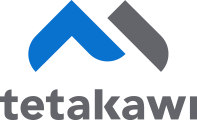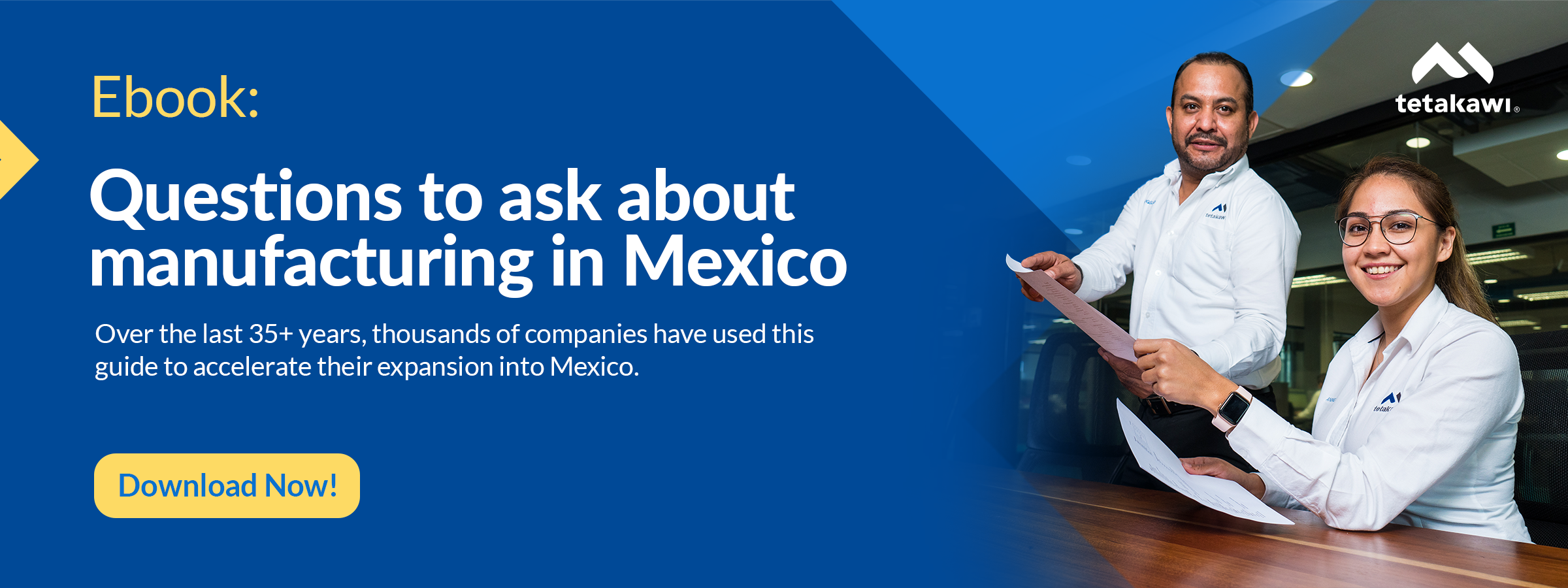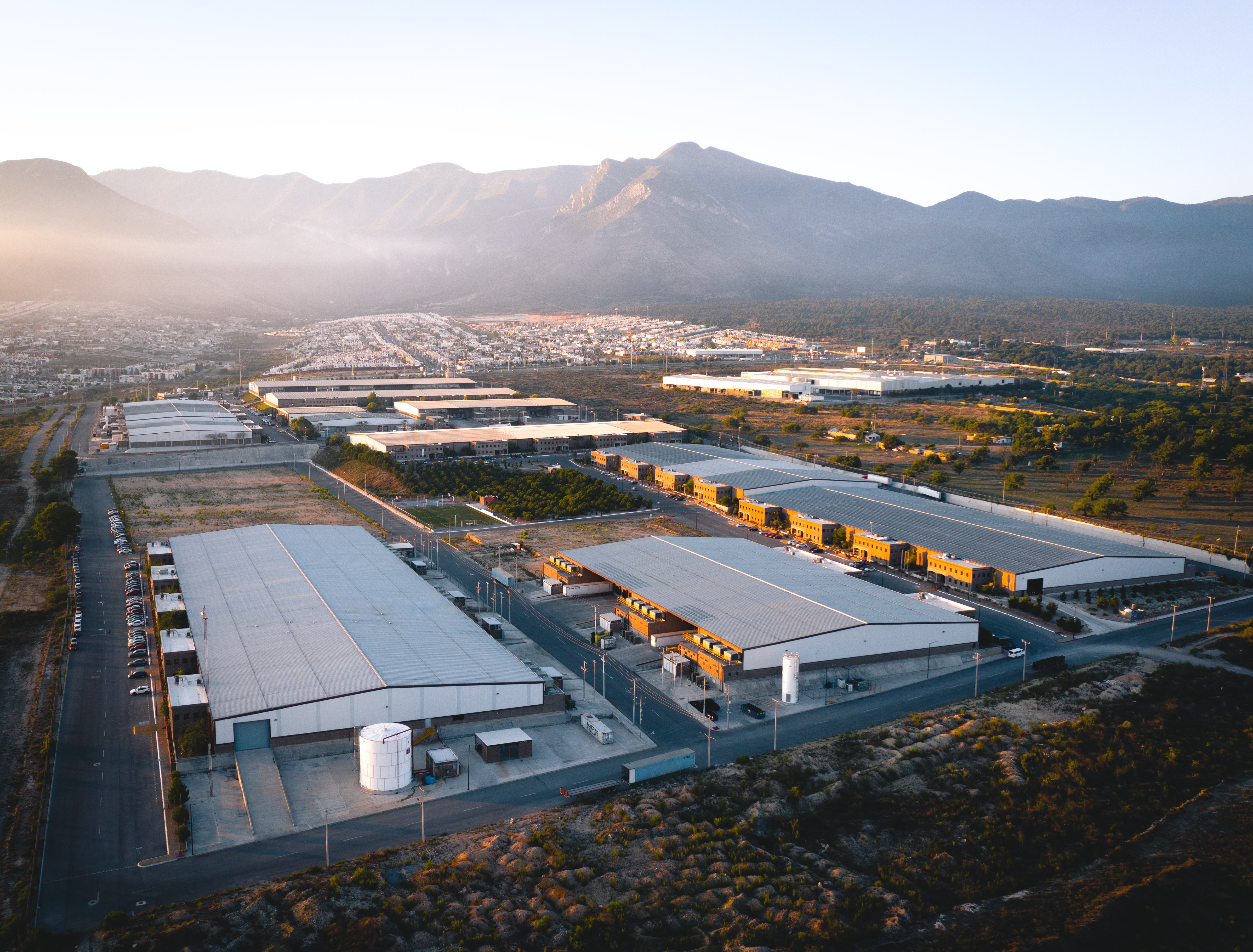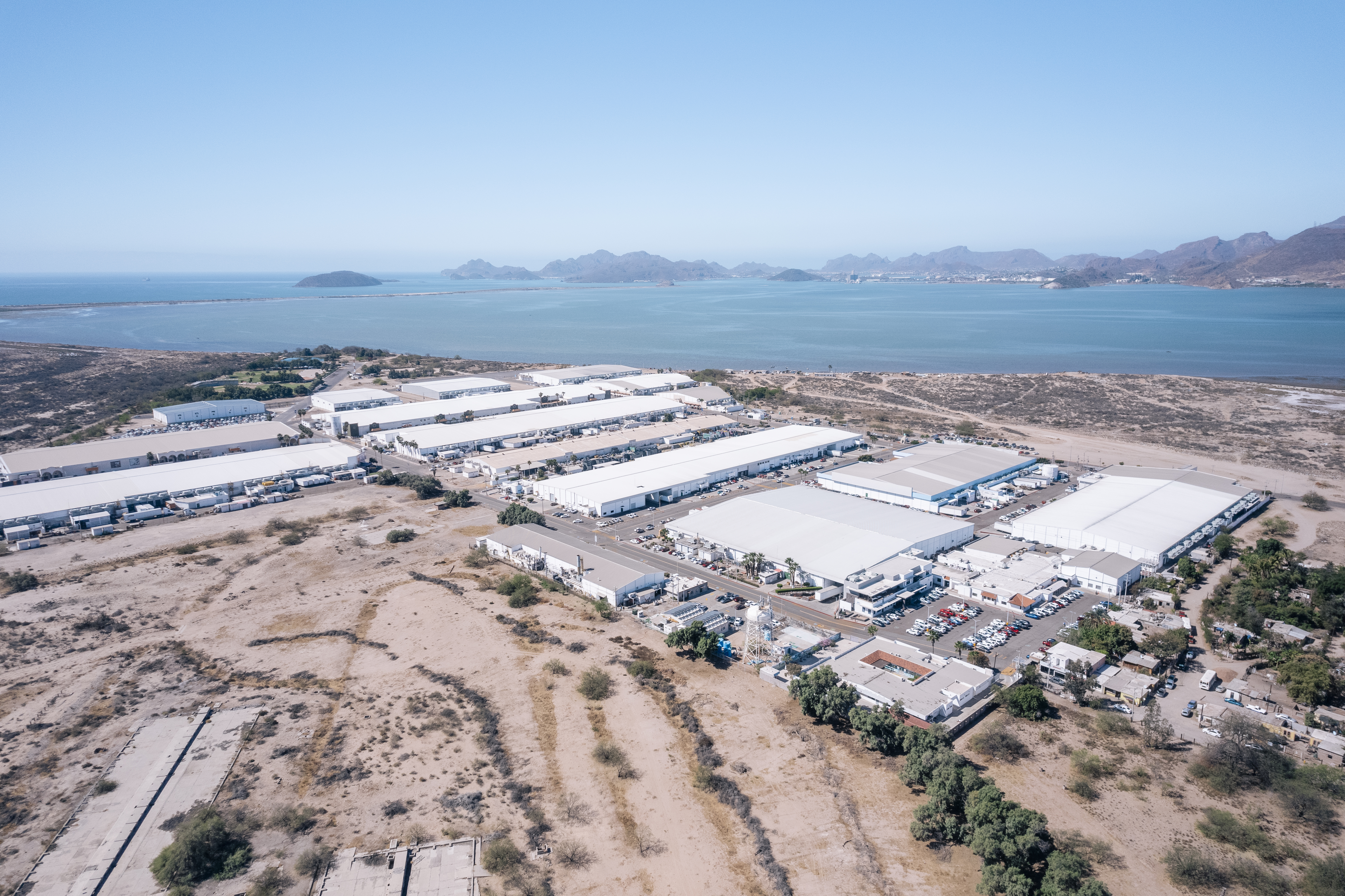Introduction
Across the U.S. and Canada, thousands of small and mid-sized manufacturers are at a turning point. Many owners who built their companies over the past 30–40 years are preparing to retire, leaving businesses in the hands of their children or professional successors. At the same time, these companies are confronting a U.S. labor market where costs are rising and skilled workers are increasingly hard to find.
The challenge for the next generation is clear: how do you protect your company’s legacy while also positioning it to grow in a more competitive, globalized environment?
The answer is Mexico.
The Continuity Challenge for Manufacturers Today
Business continuity has traditionally meant planning for events like supply chain disruptions or natural disasters. But today, continuity is just as much about succession planning and workforce security. Without a reliable labor pipeline, rising generations of leaders inherit businesses with built-in constraints that threaten long-term competitiveness.
-
Aging ownership: Nearly half of U.S. privately held manufacturing firms are expected to change hands in the next 10–15 years.
-
Labor shortages: According to Deloitte, more than 2 million U.S. manufacturing jobs could go unfilled by 2030.
-
Rising operational costs: Increased wages, compliance requirements, and tariffs are eroding margins for many mid-sized manufacturers.
Together, these forces create a continuity risk that isn’t solved by incremental adjustments, it requires a new operational model.
Succession Risk Meets Workforce Shortages
For many family-owned manufacturers, succession means handing down both opportunity and challenge. Successors must protect what’s been built while navigating new structural realities:
-
Limited access to skilled labor.
-
Supply chain volatility.
-
Margin pressures from global competition.
This environment magnifies the importance of a strategic location decision. Continuity planning today is not only about protecting production, it’s about ensuring scalability for the next generation of leadership.
Why Mexico Safeguards Business Continuity
Mexico offers three critical advantages for companies facing succession transitions:
-
Scalable Workforce: A deep pool of motivated, semi-skilled, and technical labor provides continuity in production capacity that U.S. and Canadian markets struggle to match.
-
Cost Efficiency: Fully fringed semi-skilled labor in Northwest Mexico is approximately $5.86 USD per hour, helping successors stabilize margins and reinvest in growth.
-
Proximity and Control: Nearshoring enables leadership continuity without ceding production control, unlike contract manufacturing in Asia.
For owners looking to hand off their business, Mexico becomes not just a cost decision but a strategic safeguard, ensuring the company remains competitive and resilient for decades to come.
Shelter Services: A Bridge for Smooth Transition
For many families and successors, expanding into a new country might feel daunting. That’s where shelter services come in. A shelter partner takes on the regulatory, HR, and administrative responsibilities of operating in Mexico so that leadership teams can remain focused on running the business.
This structure ensures:
-
Faster launch timelines (up to 75% faster than standalone models).
-
Reduced overhead (as much as 30% lower than going alone).
-
Compliance confidence (no learning curve for successors around Mexican regulations).
Shelter services provide the continuity bridge: as leadership changes, operations remain stable.
Beyond Shelter: The Campus Model Advantage
Tetakawi has taken the shelter model further with its Manufacturing Campuses. These communities combine Class A industrial facilities with on-site workforce recruitment, HR, compliance, and more. For a successor stepping into leadership, the Campus model means:
-
They inherit an operation already integrated into a turnkey infrastructure.
-
Economies of scale reduce long-term risk and cost.
-
Employee retention is stronger thanks to Tetakawi’s focus on workforce development and local integration.
This is how continuity becomes more than a stop-gap, it becomes a competitive advantage.
A Practical Path for Owners and Successors
If you are a manufacturing owner preparing to hand your business to the next generation, or if you are part of that next generation, continuity planning should include Mexico. The right partner allows you to:
-
Secure labor capacity.
-
Protect margins.
-
Ensure smooth leadership transition.
-
Position your business for long-term growth.
For a step-by-step breakdown of the process, see our guide on how to manufacture in Mexico.
Conclusion: Passing Down a Future-Proof Business
Succession doesn’t have to mean uncertainty. By leveraging Mexico’s labor advantages and Tetakawi’s proven Manufacturing Campus model, owners can pass down not just a company, but a future-proofed business ready for the next generation.
Explore more on how the Shelter Services Model in Mexico works, or connect with Tetakawi to discuss how our Mazatlán Manufacturing Community can ensure continuity for your business.
Subscribe
Sign up and stay informed with tips, updates, and best practices for manufacturing in Mexico.
Table of Contents:
- Introduction
- The Continuity Challenge for Manufacturers Today
- Succession Risk Meets Workforce Shortages
- Why Mexico Safeguards Business Continuity
- Shelter Services: A Bridge for Smooth Transition
- Beyond Shelter: The Campus Model Advantage
- A Practical Path for Owners and Successors
- Conclusion: Passing Down a Future-Proof Business






